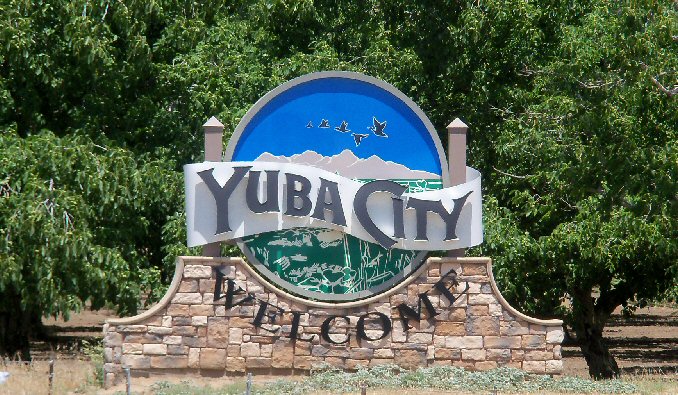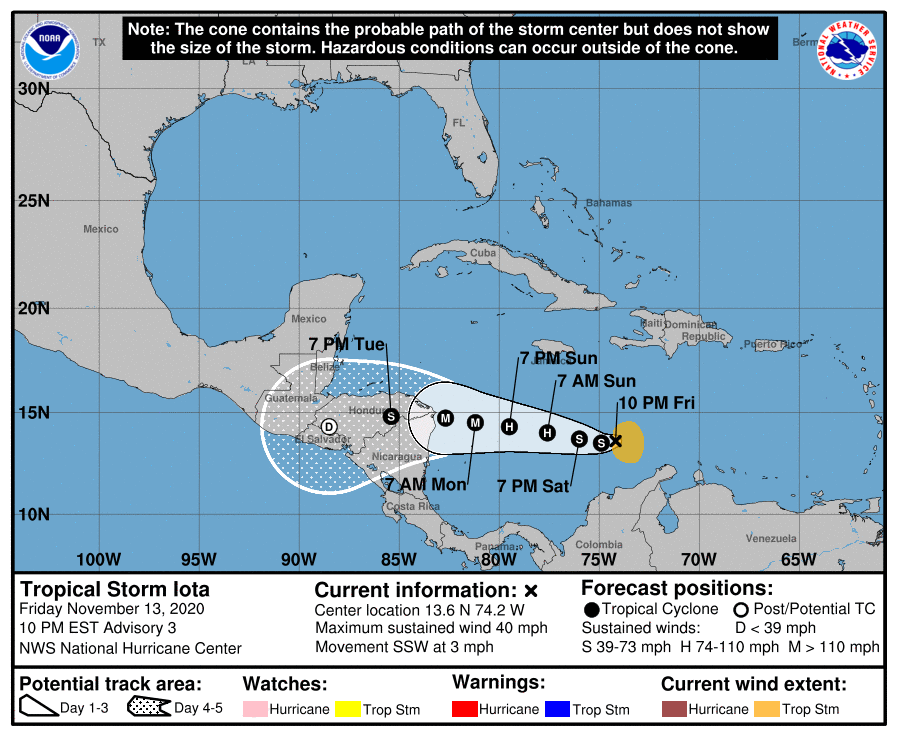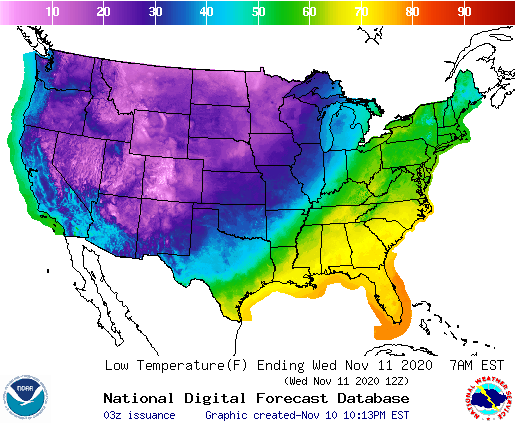As a lot of people south and west of a line from Virginia Beach to Toledo can tell you, it’s raining in buckets out there. At least it is happening at the end of the long Holiday weekend, and surely sets the mood for a lot of us as we log back into work on Monday.
The satellite imagery belies the prolific nature of the rain. There isn’t much apparent rotation, no puffs of cumulonimbus across most of the band of clouds, with only a few apparent thunderstorms in the Florida Panhandle.
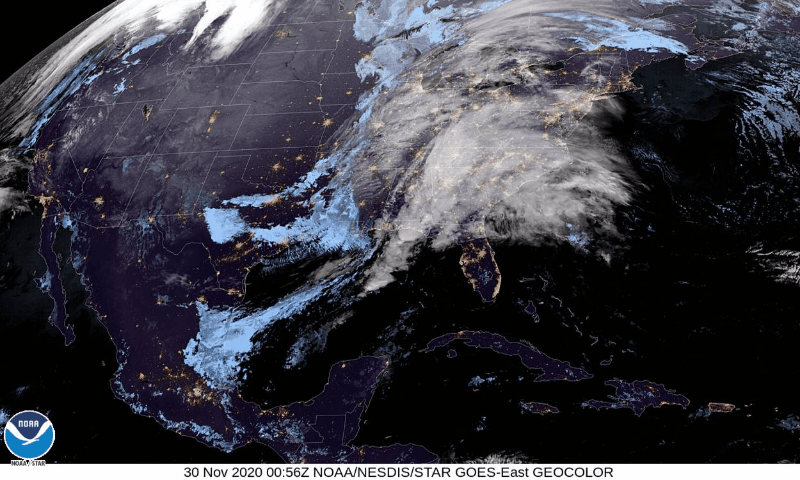
Now that I’ve warned you, perhaps you looked a little more closely, and found the circulation futher to the west of the erupting thunderstorms and swath of white clouds running from the Mid-Atlantic to north Florida.
Indeed, the bulk of the rain so far is the result of warm frontal passage over the undulating Appalachian terrain. That boundary currently runs from eastern Kentucky through eastern North Carolina, has proven to be quite rainy. The warm sector south of the boundary and ahead of the cold front, which is setting off thunderstorms through the Panhandle, is also rife with showers and a few rumbles of thunder.
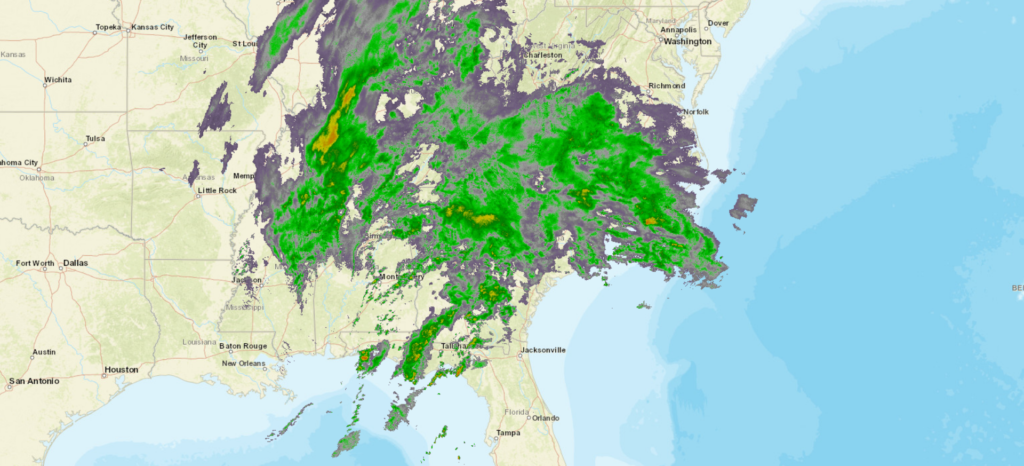
Perhaps the most winter like element to this storm imagery is the glut of water on the back side of the center of circulation, which is around Florence, Alabama. Usually, temperatures don’t allow for much condensation on the inverted trough during the summer, let alone torrential rain. Temperatures are chilly aloft, and this feature is pulling in more cold air into it. Not enough for snow in southern Indiana, but getting colder.
This feature has a great deal of support at the upper levels, an will continue to wind up. Away from the moisture rich southeast, and interference of the Appalachians, the cold front will become more evident, but by that time, the warm sector will be off shore. The low itself will barrel north, just like a winter nor’easter. It will have the wind of a nor’easter, and by the time the storm has shifted out of the Mid-Atlantic by Tuesday morning, Lake effect snow is anticipated for the eastern Great Lakes.
The heavy rain, along with some gusty wind and a rogue rumble of thunder will continue in coastal New England on Tuesday, but should shift off shore before Wednesday rolls around. This feature looks like a winter storm in the models, and a little bit on satellite and radar. It will almost feel like it, too.

